
Figure 1: A classic Durer engraving.
The recent surge of interest in nonphotorealistic rendering is a testimony to our fascination with distinctive artistic style. Rendering algorithms have been introduced to mimic various classical artforms, ranging from pen-and-ink illustrations and line art drawings to expressive paintings. Classic printmaking offers another suite of styles that can be effectively applied to images. We shall be interested in transforming digital images into renderings that resemble the work of traditional engravers.
Engraving is a classic graphic technique originating in the printing industry of the fifteenth century. It is actually one of several intaglio printing techniques, whereby the image is inscribed into a metal plate with the use of sharp instruments. The resulting recessed lines are filled with ink and the image is transferred to paper by means of a press. Another common technique is etching, whereby acid is used to achieve the inscription. Although engraving has a technical definition that is closely coupled to the manner in which an image is inscribed, loose colloquial usage has come to make it synonymous with intaglio printing.
Each method places different demands on the printmaker, giving rise to distinctive styles. We shall be interested in imbuing digital images with the stylistic effects of intaglio printing, which include the familiar styles of engravings and etchings. This process is familiar to anyone who has looked at modern currency. Fig. 1 illustrates several examples of bank notes that conform to the characteristic styles we seek to emulate.
In order to place our discussion in proper context, we now review the four major printmaking processes and their histories. We shall confine our attention to the stylistic advances introduced by intaglio printing.
Printmaking dates back to the fifteenth century where it was first used to reproduce illustrations. It played a supportive role in the growing book-printing industry at that time. Great demand for technical achievement in this area has resulted in four major printmaking processes: relief printing, intaglio printing, lithography, and serigraphy. These processes are outlined below.
Relief printing uses a raised surface to represent the image. Carved reliefs capable of making an impress were the precursors to relief printing. They predate actual printing by three thousand years. There were wooden stamps in Egypt, brick seals in Babylonia, and clay seals in Rome. The first use of carved reliefs to print images onto paper originated in China, where hand cut wood blocks were used for printing as far back as the T'ang dynasty (618 - 906 A.D.). Woodcut and typographic printing are now the most common form of relief printing.
The intaglio process is distinguished from relief printing in that the image areas are depressed below the surface of the plate. This distinction is reflected directly in the word intaglio, which comes from the Italian and means to engrave or cut into. Intaglio techniques include engraving, etching, drypoint, mezzotint, and aquatint. These techniques differ only in the manner in which they incise lines into the plate. Engraving, drypoint, and mezzotint use sharp tools, while etching and aquatint use acid solutions. Several intaglio techniques are outlined below.
The earliest engravings can be traced back some 17,000 years in the Lascaux Caverns in the Dordogne region of France. Widely regarded as the most outstanding of known prehistoric art, the paintings and more than 1000 engravings found on the walls and ceilings of these caves indicate that engraving was as widely practiced and respected among primitive man as the technique of painting. Sharp flint implements and stone scrapers were used to carve images into cave walls. Later, engraved bronze vessels and mirrors made by Etruscan artisans became highly regarded and prized objects in ancient Greece and Rome.
Although the underlying principles of intaglio were known to goldsmiths in the Middle Ages, it was not until the fifteenth century, when paper became more generally available, that intaglio printing emerged as a specific art medium. Engraving and etching were two intaglio techniques that flourished under the early masters. Durer was a master engraver and pioneered the use of variable thickness lines that elegantly swell and taper. A classic example of his work is shown in Fig. 1.

Figs. 2 and 3 illustrate classic engravings produced using hatching and cross-hatching. Hatching is depicted in Fig. 2 where it us used to achieve tonality in Claude Mellan's portrait of Michel de Marolles.
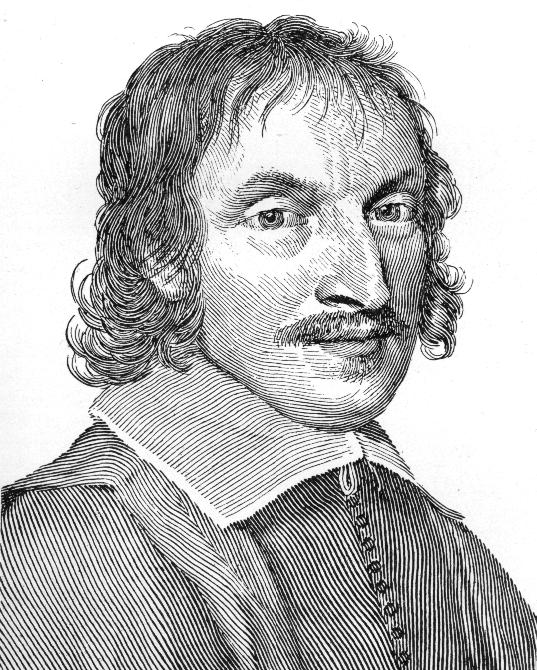
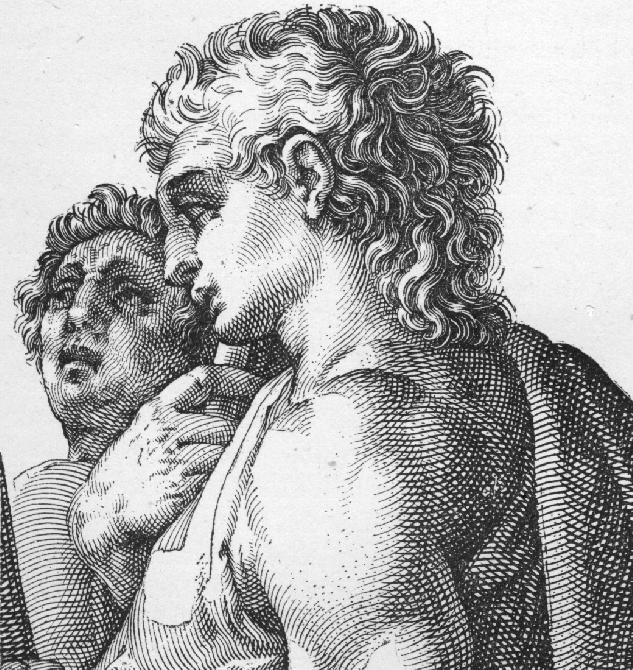
Etching as a graphic arts technique was perfected in the early seventeenth century. Etchings are characterized by quavering autographic qualities, resulting more from the quick, subtle motions of the fingertips rather than the smooth and deliberate movements of the arm. Unlike engraving where lines may swell and taper, etched lines have uniform width. Dark regions are created by modulating the spatial frequency of the lines. This effect is demonstrated in Wilhelm Leibl's etchings of two peasants in Fig. 4. Note that all lines have the same thickness and tones are created by increasing the number of lines in a given region.
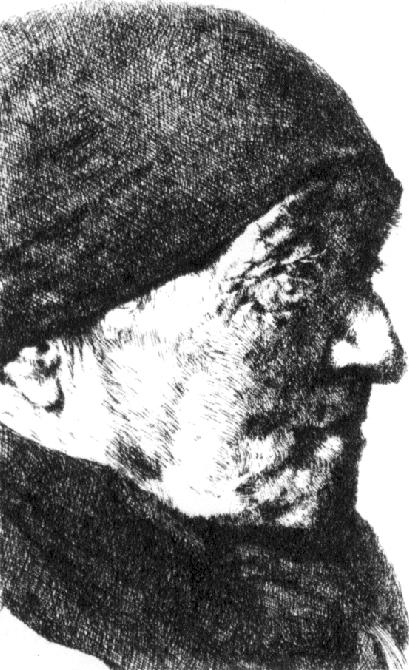
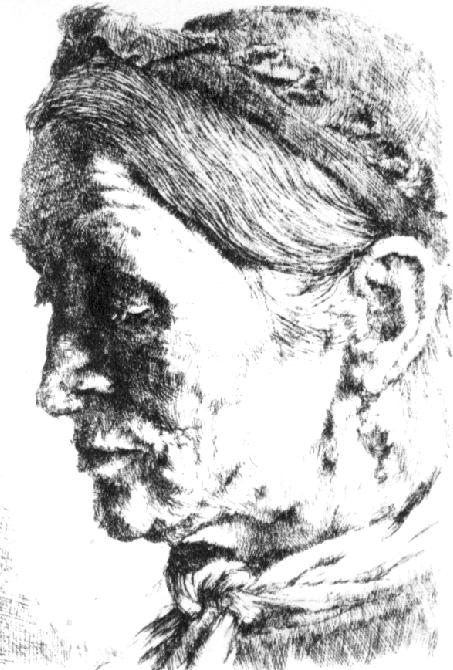
Stippling is created by repeatedly stabbing the metal plate with an etching needle. The technique leaves a field of dots, which creates the effect of smooth tonal regions. Francesco Bartolozzi's Cupid and Psyche in Fig. 5 demonstrates the distinctive style of this technique.
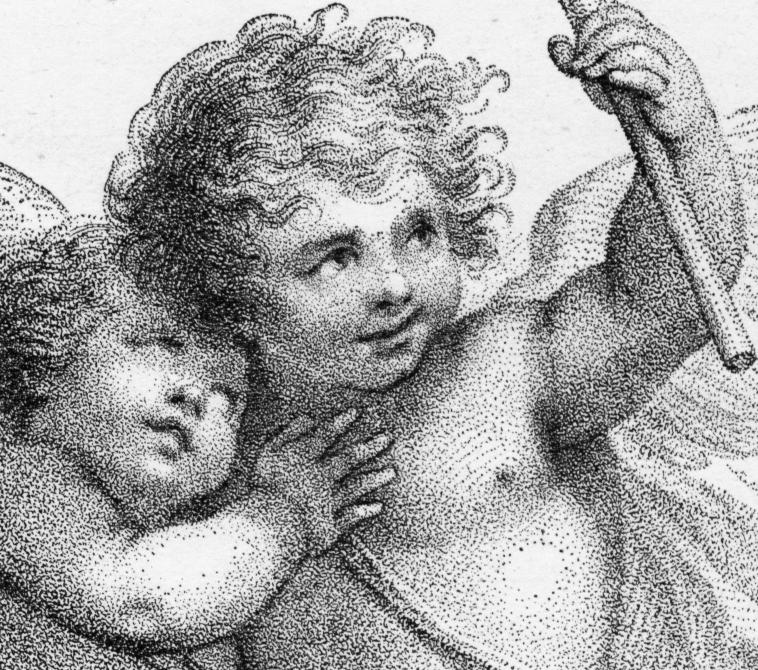
By the end of the 16th century, intaglio printing had become a highly specialized industry and had amassed a wide variety of techniques, using myriad systems of lines, dots, and lozenge shapes to achieve very subtle effects. Today, images obtained from intaglio printing techniques are commonly found in artwork, paper currency, stamps and corporate identity. For instance, The Wall Street Journal routinely features portraits done with stippling and engraving (Fig. 6). Note the placement of points along feature contours. Stipple size is modulated and stippling is combined with crosshatching to produce tone and texture.
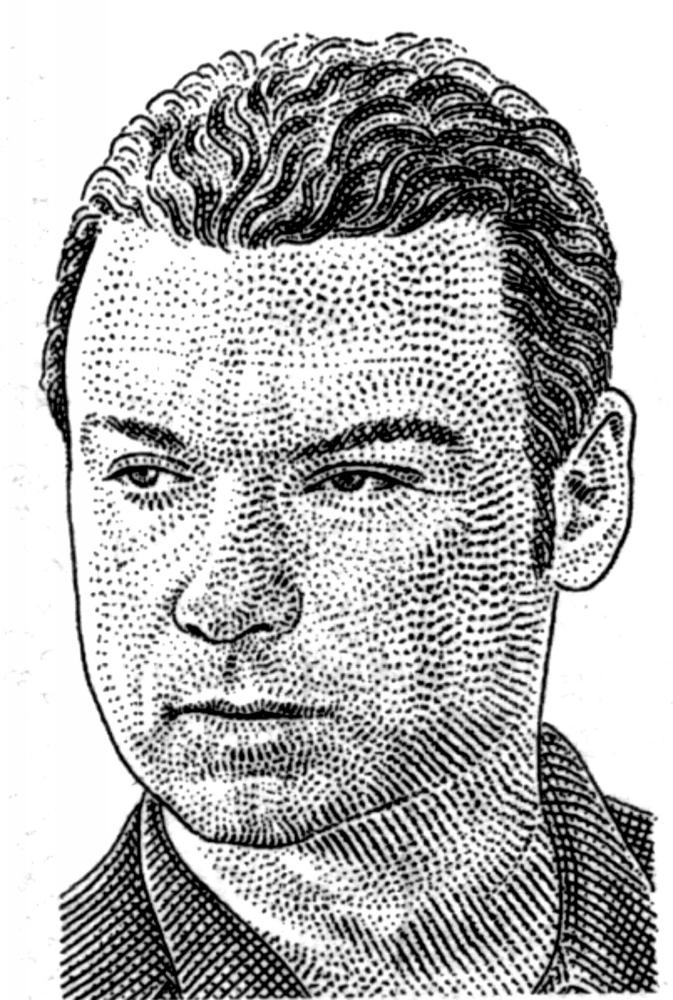
The Barnes and Nobles bookstore regularly uses engraved images in their artwork, typically featuring illustrations of notable authors and personalities (Fig. 7). The process is tedious and demanding, requiring great artistic skill and time.
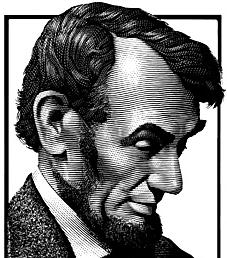
The goal of this work is to emulate the distinctive style of intaglio printing for artistic effect. We chose to simulate three standard techniques and define digital engraving to be the effect of modulating line thickness to produce varied tones, digital etching to be the effect of modulating line density to produce varied tones, and digital stippling to be the effect of modulating spatial frequency of points or dots to create varied tones.
Non-photo realistic rendering involves the transformation of some input image into a visually appealing output image. Intaglio refers to the printing process that encompasses any of the techniques in which an image or tonal area is printed from lines or textures scratched or etched into a metal plate, which is then inked and pressed to form an image. We now describe a novel technique for generating line drawings that mimic traditional intaglio techniques given arbitrary 2D input images. We focus on the techniques involving modulation of line thickness, modulation of line spatial density, and point frequency. These processes are commonly known as engraving, etching, and stippling, respectively. We define digital engraving to be the process by which some input image is transformed into a binary digital output, which is rendered so as to give the impression of being created by any of the artistic techniques in which an image is generated from lines or textures (or by some other visually interesting motif) scratched or etched into a metal plate. We divide the image into user specified regions and use a Coons patch to control line direction and style in a given region. The final output is created by compositing individual layers. The technique proves to be fast, effective, and intuitive, providing a useful tool to the digital artist.
We now describe our approach to create visually appealing images by simulating a variety of traditional intaglio style techniques, focusing on simulating engraving, etching and stippling. We developed separate techniques to:
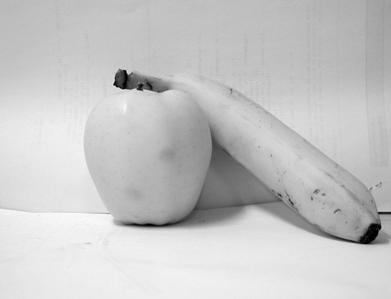
Digital engraving requires us to decompose the image into several nonoverlapping components. A graphical user interface is provided by which to outline areas of interest. For instance, the apple is extracted from the image, as shown in Fig. 9.

The flow of engraved lines is determined by the user through the generation of a Coons patch. The graphical user interface permits the user to draw the four bounding cubic curves of a region and the software automatically generates the interior mesh that constitutes the Coons patch (Fig. 10).
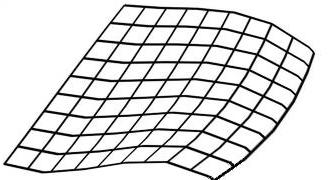
The lines along one preferred direction of the Coons patch are used to direct the engraved lines of variable thickness. Depending on the image pixel values along those lines (and between them), the output is converted into black and white pixels. An example is shown in Fig. 11.
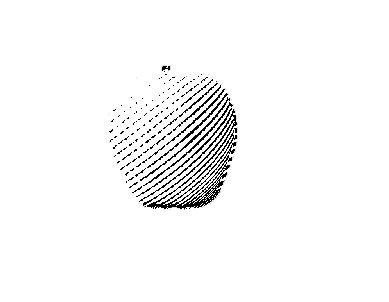
Performing similar operations on the banana and background elements yields the results in Fig. 12. Other examples of our engraving software operating on real images of a bottle and statue are shown in Fig. 13.
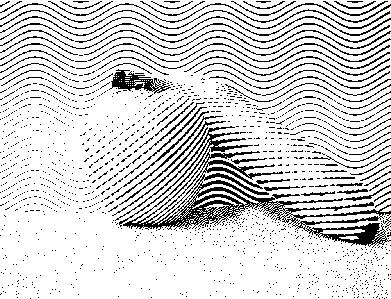
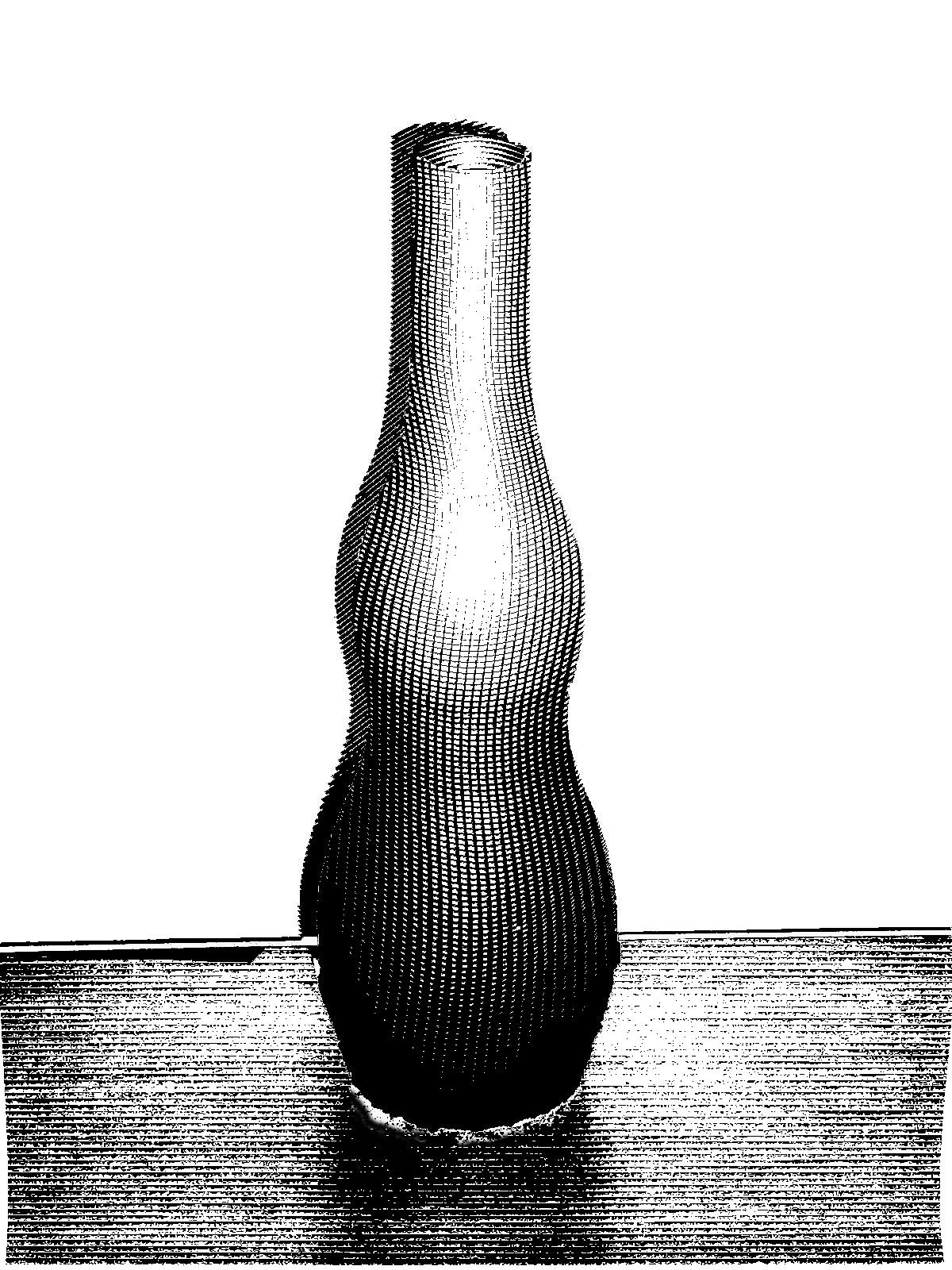
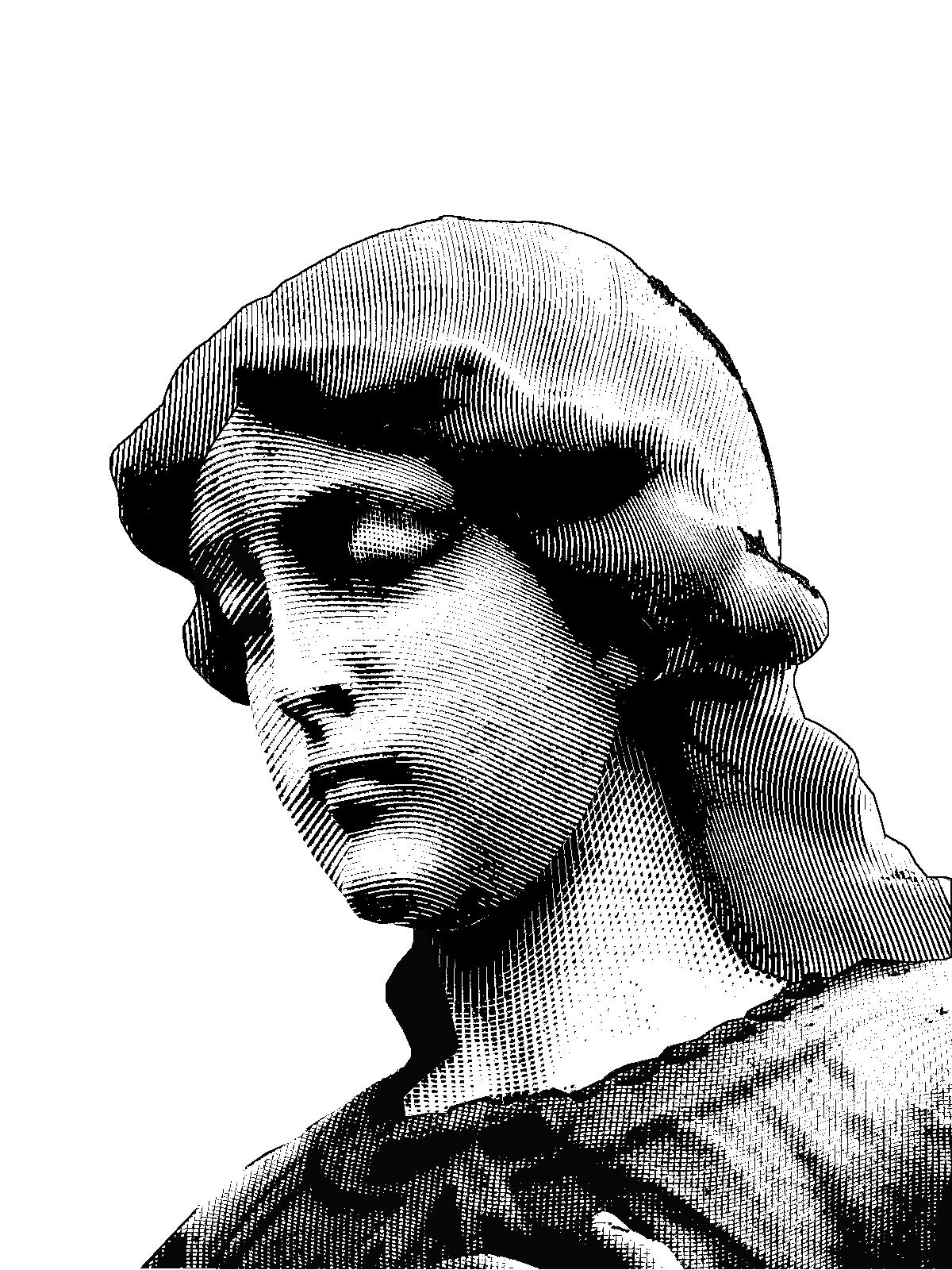
Similar principles apply to etching and stippling. In etching, instead of employing variable line thickness, the actual frequency of lines drawn in the Coons patch mesh varies based on the underlying pixel intensities. In stippling, an error diffusion algorithm is applied along the Coons patch mesh lines to yield a pleasant dot pattern representation of the input image. Examples of etching and stippling are shown in Figs. 14 and 15, respectively.
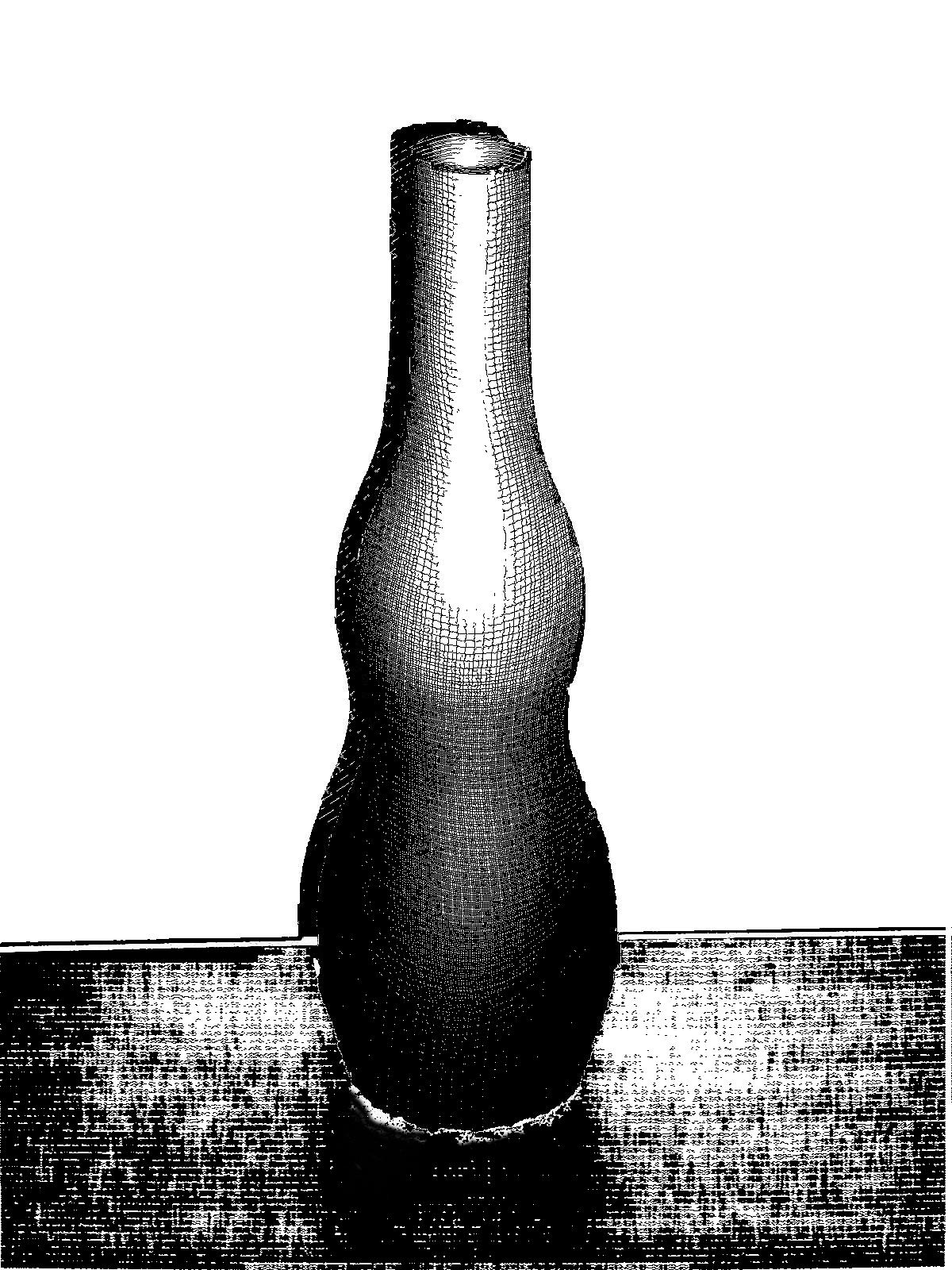
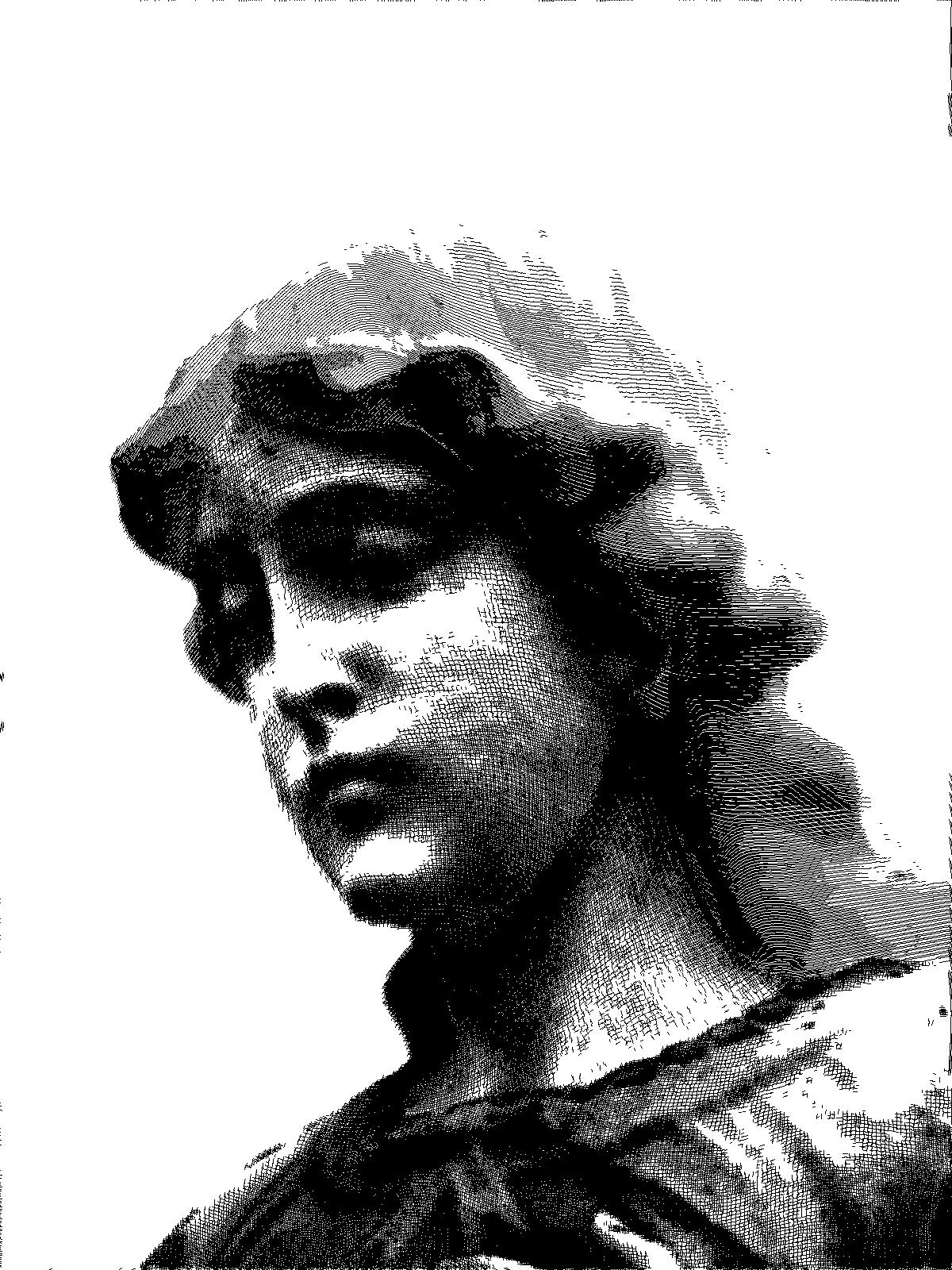
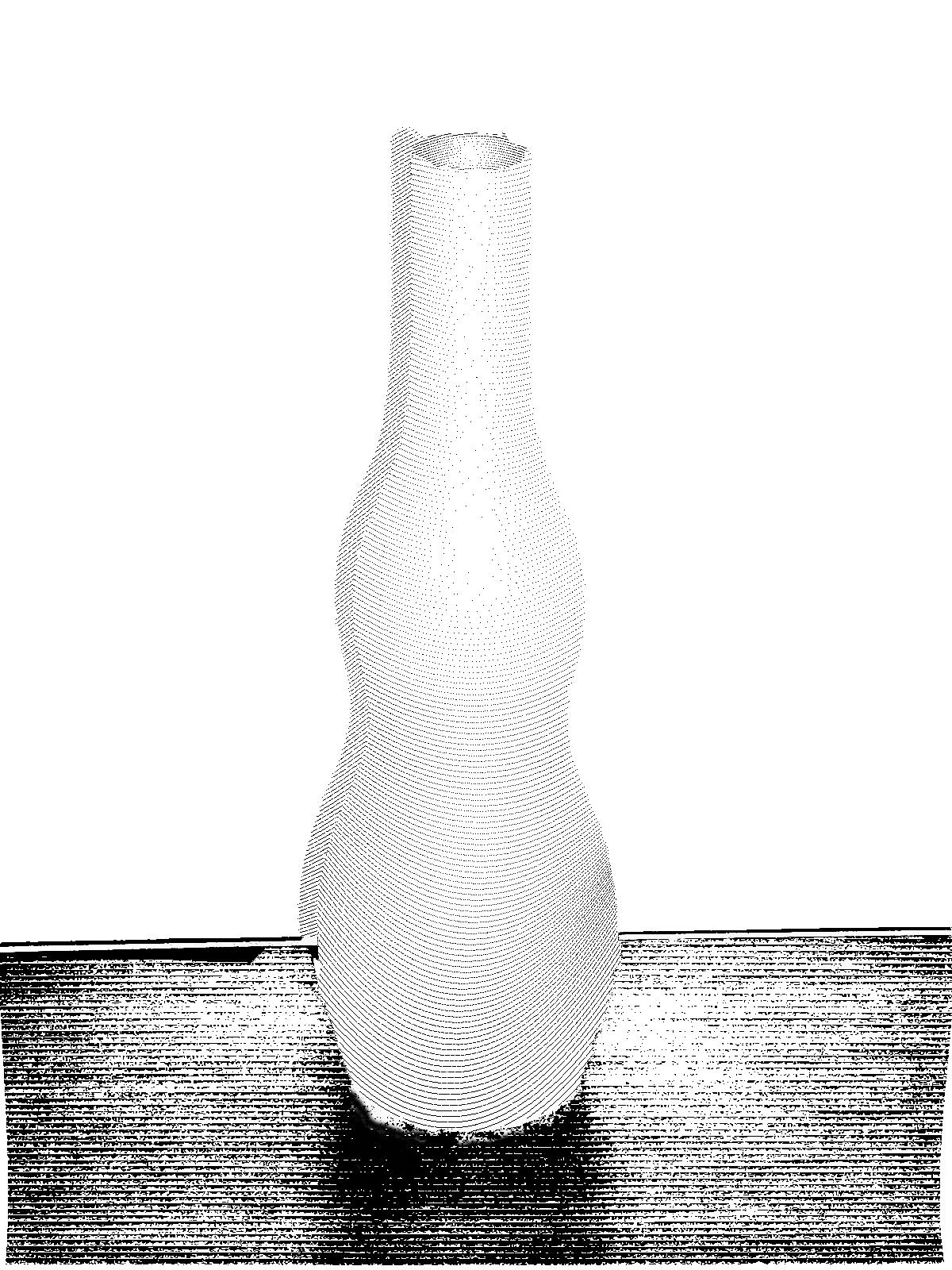
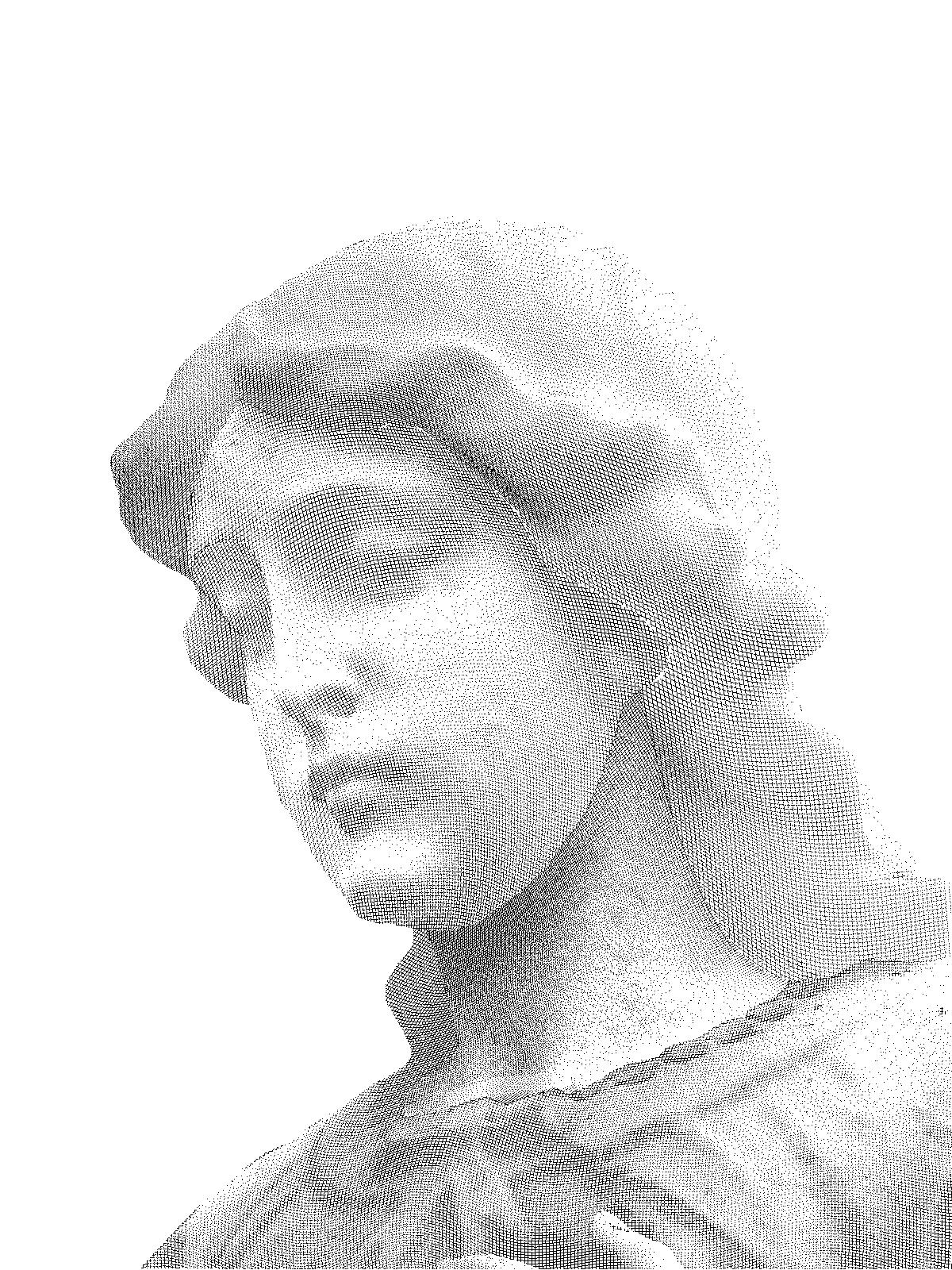
Due to the moire artifacts that appear at low resolution (as used on the web page), the engraved results appear superior to the etching or stippling results. It is important to note that the latter results appear satisfactory when printed on high-resolution printers. Other miscellaneous examples of digital engravings are given below.
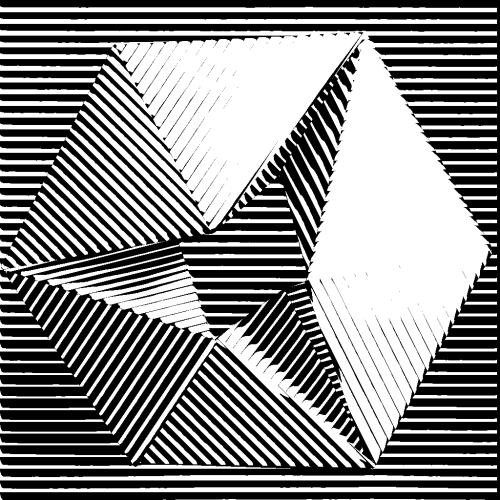
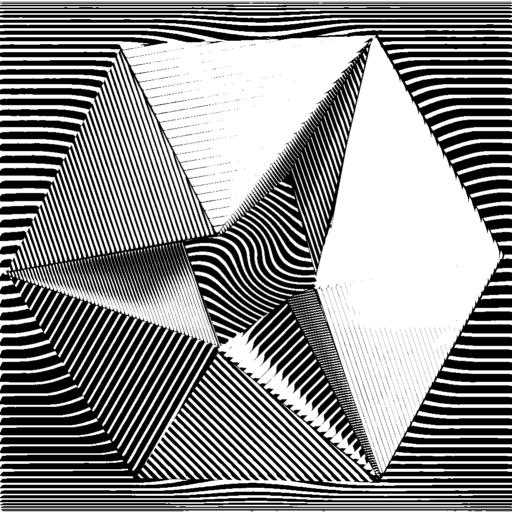

We plan to further develop the software for use in the visual effects industry. The potential markets include advertising, television, and film production. There are currently no commercially available systems that robustly offer such tools. A successful implementation of the proposed work has great potential for introducing a high impact visual effect to the marketplace. Such tools can be offered as Adobe Photoshop plug-ins or as a stand-alone product.
We plan to augment the graphical user interface in response to additional testing among artists. Our starting point in this effort can begin with students in the art department at CCNY and other campuses within CUNY. Also, this work has fostered ideas in a related field: digital mosaics. We are beginning work in this area and plan to consolidate both effects in one visual effects effects package that can be offered to practitioners in the advertising, television, and film industries.